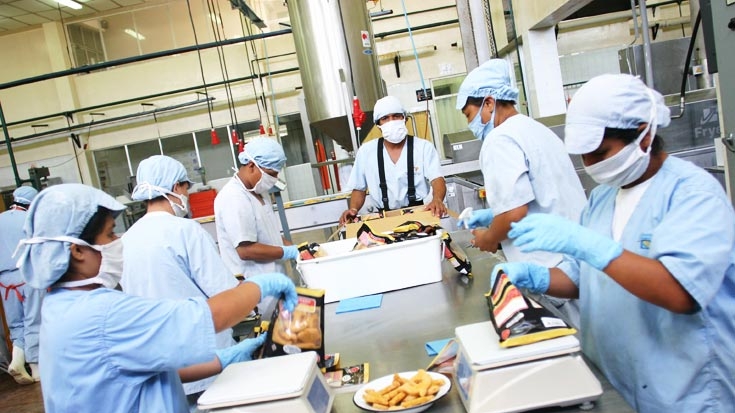Results
- Igniting demand and collaboration: To date 65 research groups have been formed and presented their research proposal to CONCYTEC and 10 public-private associative projects for CoEs are in the process of formation (by early April 2014). Before this new funding program, both public collaboration in research and public-private association for technology development were almost nonexistent.
- Setting foundations for change: New, more open, competitive and mission-driven models of research governance are now being promoted through these new funding schemes that will enhance public-private collaboration for innovation.
This small advisory assistance consisted in providing recommendations and design support. The Government created five instruments with our assistance and launched them just six months ago at the time of writing. The call for proposals for two of them (CoE and Científicos Inc) closed very recently and the rest of instruments will be launched in the second semester of 2014.
In the case of public-private collaboration in research (CoE) and firm innovation support, the ultimate effects of innovation in terms of productivity growth and employment usually take more than three years to manifest. It is therefore too early to provide figures on how much private R&D were leveraged or how much employment increased with CoE. For firms, the most immediate effects one would expect from a project such as CoEs would be the so-called “additionality” effects, for example, that collaborative research would help increase private R&D investment (in the case of CoEs) and thereby enhance innovation by participating firms. For inter-institutional collaboration, we expect that support to collective research will lead to more publications and higher quality published science. We will be able to track how much scientific productivity changes with inter-institutional collaboration (Científicos Inc) and how much business R&D and innovation are affected by interventions in the future. Results will be tracked by the Government of Peru and we will be able to track progress of these measures.
The instruments the Government developed with World Bank assistance (Científicos Inc and Centers of Excellence) are part of the program “Ciencia Activa,” which aims to improve the competitiveness of firms, orienting science towards developing solutions to problems that hinder business and social development within the country. The program seeks to contribute to the growth and competitiveness of the Peruvian economy by supporting structural change of the productive matrix, with an emphasis on integrating science and technology into the productive system. In the medium- and long-run, the private sector will increase innovation capacity and develop new products as well as improved production processes. These will ultimately be translated into higher quality goods and services, increased productivity, new markets and job opportunities. Creating jobs will contribute to reducing poverty.
Bank Group Contribution
US$ 72,000 for this Advisory Assistance with Bank budget.
Partners
The key partner was the National Council on Science, Innovation and Technology (CONCYTEC). Other partners that were consulted include the Ministry of Finance (MEF) and the National Competitiveness Council.
Moving Forward
CONCYTEC is implementing the new instruments during 2013-2014. Two instruments were launched in the second semester of 2013. Future planned activities include:
- Continuing advisory assistance in the area of strengthening governance of and capabilities of research and technology institutions
- Providing guidance in the creation of technology transfer offices
- Offering support to enhance the institutional capacity of CONCYTEC
CONCYTEC has expressed interest in working at a broader level with the World Bank. They have presented a request for a loan to the MEF. This loan would have a programmatic approach with a series of four loan packages.
Beneficiaries
The task had three direct beneficiary groups: the main policy agency for research and innovation (CONCYTEC), the research community (which will have new funding available with new schemes–mission-driven, competitive and more transparent) and industry (which will have new options to engage with the scientific community to conduct research, technology development and collaboration for innovation).
For society, enhanced innovation in the private sector will increase employment opportunities via expansion of markets and superior economic performance of firms, as well as the emergence of new sectors and industries.


